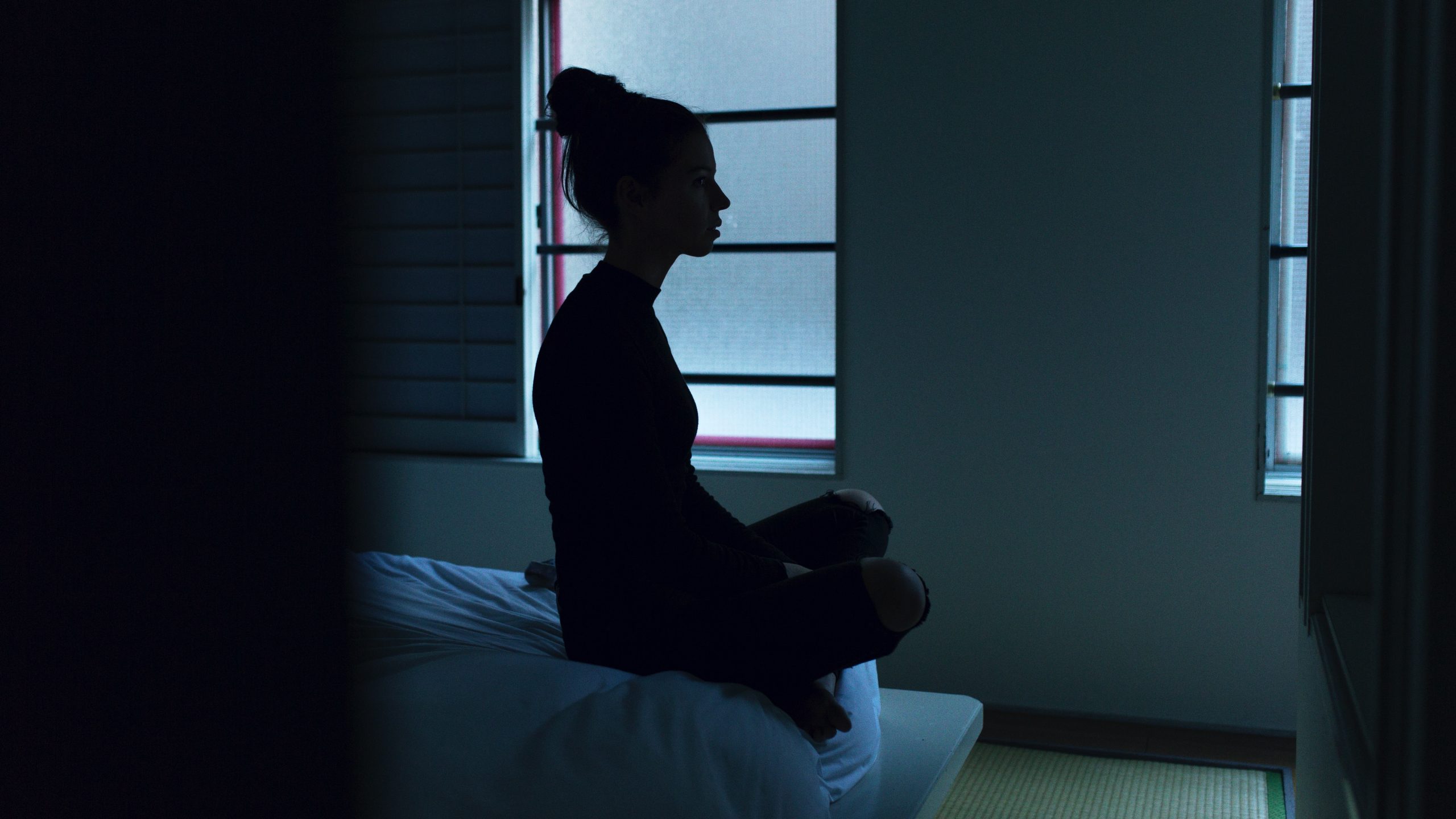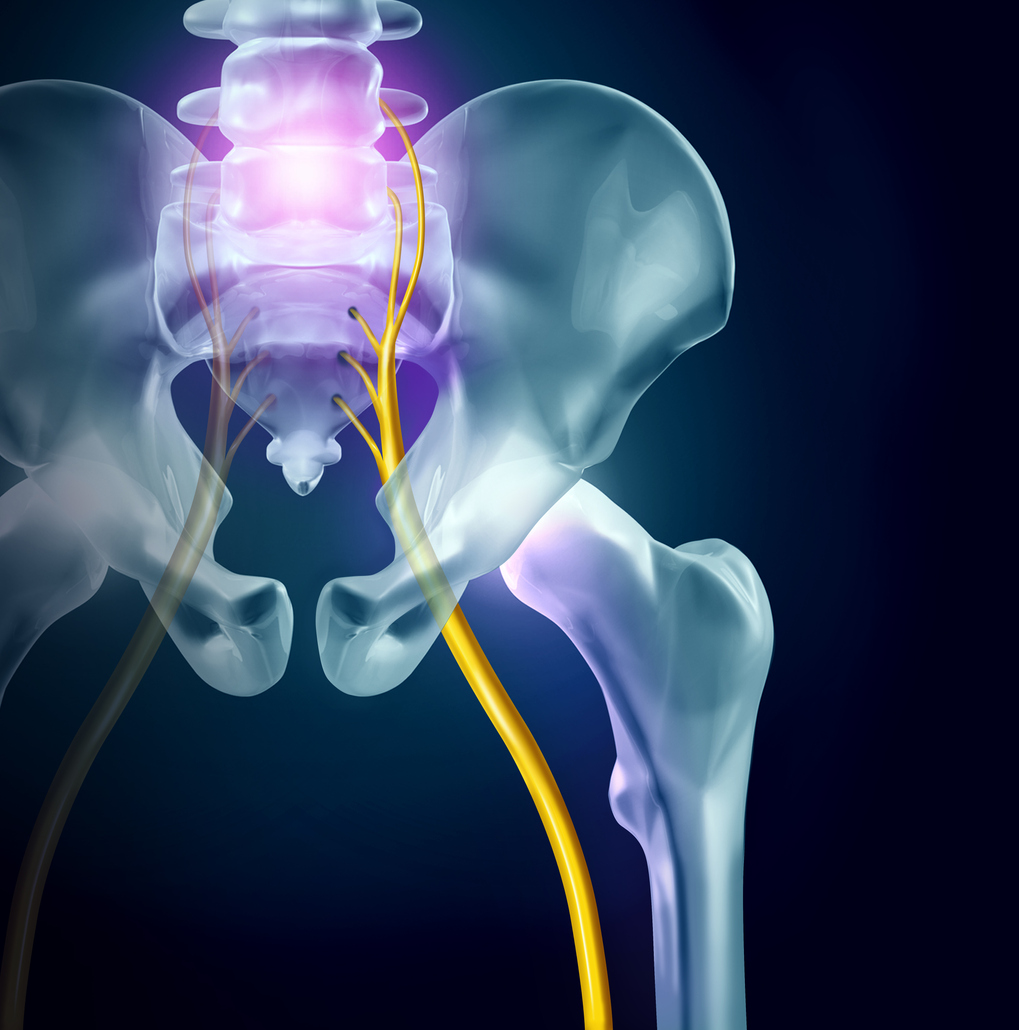La sciatica is a condition that can cause pain, tingling, and numbness in the lower back and legs. This condition can make it difficult to walk, stand, or sit for long periods of time.
Many people with sciatica wonder if they should keep walking when they experience these symptoms.
In this article, we are going to discuss the benefits of walking for people with sciatica and provide guidance on how to walk safely and efficiently.
Lumbar Spine and Nerve Anatomy sciatica
La lumbar spine is composed of five vertebrae, which are interconnected by ligaments and muscles. The spinal cord passes through the vertebrae, and the nerve sciatica branches from the spinal cord and runs down the leg.
The vertebrae are protected by a layer of cartilage, and between each vertebrate there is a gelatinous substance called the nucleus pulposus.
The nucleus pulposus serves as a cushion for the vertebrae and absorbs shocks. the sciatic nerve is the largest nerve in the body. It starts from the lower back, crosses the buttocks and descends along the leg.
Le sciatic nerve is responsible for transmitting signals from the brain to the leg muscles. When the nerve sciatica is compressed or irritated, it can cause pain, numbness and weakness in the leg.
La sciatica What is it exactly ? Definition and explanation
La sciatica is the common name for "neuralgia of the nerve sciatica » The two nerves sciaticas are the largest in the human body. Their multiple roots start from the last lumbar and sacral vertebrae.
Every nerve sciatica then extends behind the leg to the toes. In general, the sciatica affects only one of the two nerves, which is compressed, inflamed or injured.
La sciatic pain can range from mild pain to excruciating, searing pain that radiates down the leg. In severe cases, the sciatica can lead to leg paralysis.
Causes and symptoms
The root cause of the sciatica is compression or inflammation of the nerve sciatica. The most common cause is a herniated disc, which occurs in 85% of cases.
The disc becomes herniated when the outer layer cracks or tears, allowing the inner gel to escape and put pressure on the nerve sciatica.
This can occur between lumbar vertebrae 4 and 5 (L4-L5), or between lumbar vertebra 5 and sacral vertebra 1 (L5-S1). However, not all herniated discs cause sciatica. Among the causes of sciatica include:
- Osteoarthritis of the lumbar vertebrae,
- Trauma (such as a fall or car accident),
- Un vertebral compaction due to osteoporosis or an inflammatory disease of the spine like spondyloarthritis.
In some cases, the exact cause of the sciatica may not be determined. However, understanding the root causes of this condition can help relieve it and prevent recurrences.
What are the symptoms of sciatica ?
The most common symptom of sciatica is pain that radiates from the lower back to the buttocks and lower leg. The pain can be mild or severe, and it can get worse with prolonged sitting, standing, or walking. The other symptoms of sciatica are the following :
- Tingling or numbness in the leg,
- muscle weakness in the leg,
- Difficulty moving the leg or foot,
- A throbbing pain that makes it difficult to stand or walk.
Nerve Compression sciatica can lead to permanent nerve damage if left untreated. Early diagnosis and treatment are essential to prevent long-term complications.
Can we walk in the presence of sciatica ?
Walking is a great way to exercise and get some fresh air. It is not restrictive and is suitable for people of all ages and physical conditions. Walking can also help you lose weight, improve your mood, and lower your stress levels.
Plus, walking is a great way to explore your surroundings and get some fresh air. Whether you're taking a leisurely stroll in the park or taking a brisk walk around the neighborhood, walking is an easy way to fit some exercise into your day.
However, walking can aggravate the pain and radiation associated with sciatica, and it also puts greater stress on the vertebrae. For anyone suffering from sciatica, even the simplest daily activities can be a challenge.
Walking is one of the most basic and essential human movements, but for people with sciatica, it can be difficult, even extremely painful.
The extent of pain depends on the type of sciatica
Regarding the sciatica, the cause makes all the difference. If the nerf sciatica is pinched by a herniated disc or a narrowing of the lumbar canal, for example, the treatment will be different from that of an irritation of the sciatic nerve due to lumbar osteoarthritis.
And even within each category, multiple factors can affect the course of treatment. A person's general health, the duration of their symptoms, and their pain tolerance all play a role in the effectiveness of a given treatment.
Depending on the cause of your sciatica, the way you walk can make your symptoms worse. In fact, the different types of sciatica react differently to different types of movement.
For example, if you have a herniated disc, walking appropriately can help relieve your pain in some cases. On the other hand, if you suffer from osteoarthritis in the spine, it is common to observe a worsening of symptoms when walking.
In the end, it all depends on the type of sciatica you suffer from and how your body reacts to different movements. If walking does not cause radiation or aggravation of pain, it is advisable. Do not hesitate to take breaks and rest.
If the symptoms worsen as soon as you try to walk, it is best to avoid this modality and opt for an alternative. This may include swimming, biking, or using an elliptical machine. These exercises are easier on the back while still providing a good cardio workout.
Do you have to walk with a sciatica ? Practical advice
It is important to walk with a sciatica so as not to aggravate the condition. As mentioned above, walking is an excellent form of low-impact exercise that can be done by people of all ages and fitness levels.
However, it's important to choose the right shoes and walking surface, and to walk at a pace and distance that won't leave you exhausted.
For example, if you are walking on a hard surface like concrete, it is better to choose well cushioned shoes to protect your joints. And if you walk for long periods of time, be sure to take regular breaks so your muscles don't get over-tired.
Finally, after your walk, be sure to apply ice to the painful areas, especially the lumbar region and the symptomatic leg, to reduce inflammation.
By following these simple tips, you can prevent injuries and enjoy walking as a safe and effective form of exercise.
Do you have to walk with a sciatica ? The alternatives
Although the sciatica can be painful, it is important to stay active as much as possible after diagnosis. Bed rest is not recommended as it can actually lead to additional weakness and stiffness.
On the contrary, stretching and gentle exercise are important to help maintain the muscles around the nerf sciatica strong and healthy.
Regular movements also help maintain joint mobility and prevent stiffness. Swimming is a great low-impact activity that can be especially beneficial for people with sciatica.
Stay active after diagnosis of sciatica is essential to speed healing and prevent further complications.
By stretching and exercising regularly, you can maintain muscle strength, joint mobility, and overall fitness. Swimming is a great activity for people with sciatica, because it is not very restrictive and soft for the body.
Therapeutic exercises in physiotherapy
The therapeutic exercises are one of the mainstays of physical therapy. They are used to improve strength, range of motion and balance. Therapeutic exercises are often prescribed for people who have been injured or have a chronic illness.
There are many types therapeutic exercises. Some are designed to improve strength, while others aim to increase range of motion. Some exercises are intended to improve balance, and still others to improve coordination.
Therapeutic exercises can be performed in different ways. Some people do them at home, while others do them in a doctor's office. physiotherapist. They can be performed using machines or weights, or using only body weight.
Remember to listen to your body and avoid any activity that increases pain. With time and patience, most people with sciatica fully recover.











